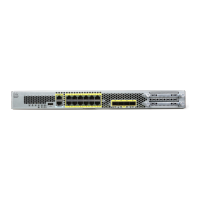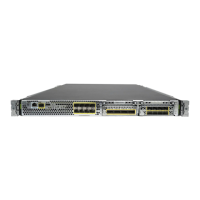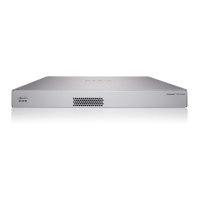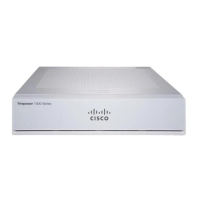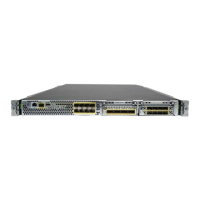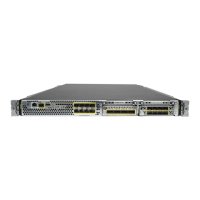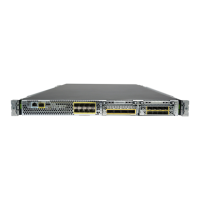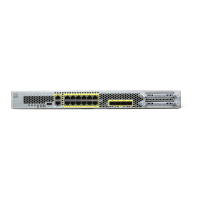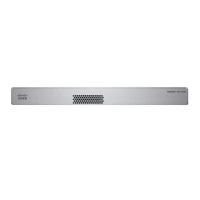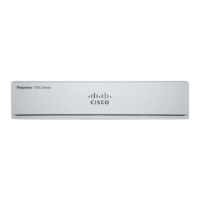Index
IN-22
Cisco Security Appliance Command Line Configuration Guide
OL-10088-01
by severity level 42-5
creating lists of 42-15
device ID, including 42-19
disabling logging of 42-5
filtering by message class 42-15
managing in groups
by message class
42-16
creating a message list 42-15
output destinations 42-5
email address 42-9
SNMP 42-4
syslog message server 42-5
Telnet or SSH session 42-5
severity levels
about
42-23
changing the severity level of a message 42-5
timestamp, including 42-19
T
TACACS+
command authorization, configuring
40-10
configuring a server 13-12
network access authorization 19-5
support 13-4
tail drop 24-8
TCP
ASA 5505 as Easy VPN client
34-4
connection limits per context 6-6
ports and literal values D-11
sequence number randomization
disabling in NAT configuration
17-23
disabling using Modular Policy Framework 23-4
TCP Intercept
enabling using Modular Policy Framework
23-4
enabling using NAT 17-23
monitoring 6-20
TCP normalization 23-1
Telnet
allowing management access
40-1
authentication 40-5
concurrent connections 40-1
password 8-1
testing configuration 43-1
time exceeded, ICMP message D-15
time ranges, access lists 16-17
timestamp, including in system log messages 42-19
timestamp reply, ICMP message D-15
timestamp request, ICMP message D-15
TLS1, used to access the security appliance 37-3
toolbar, floating, WebVPN 37-33
traffic class, QoS 24-3
traffic flow
routed firewall
15-2
transparent firewall 15-11
traffic policing, verifying the configuration 24-13
Transform 27-12
transform set
creating
32-4
definition 27-12
transmit queue ring limit 24-8
transparent firewall
about
15-7
ARP inspection
about
26-1
enabling 26-2
static entry 26-2
data flow 15-11
DHCP packets, allowing 16-6
guidelines 15-9
HSRP 15-8
MAC address timeout 26-4
MAC learning, disabling 26-4
Management 0/0 IP address 7-4
management IP address 8-5
multicast traffic 15-8
NAT 15-10
packet handling 16-6

